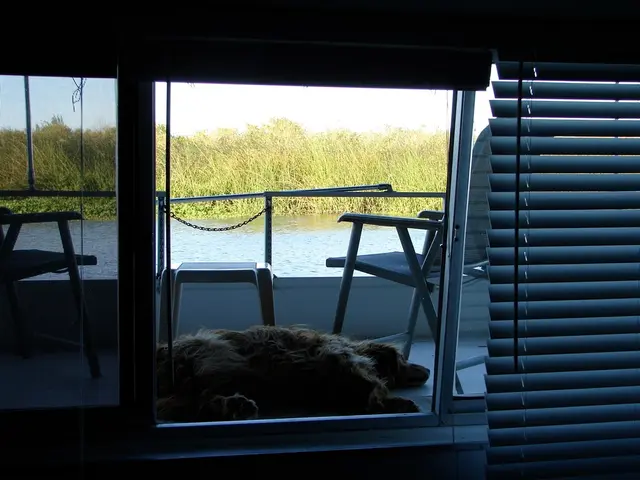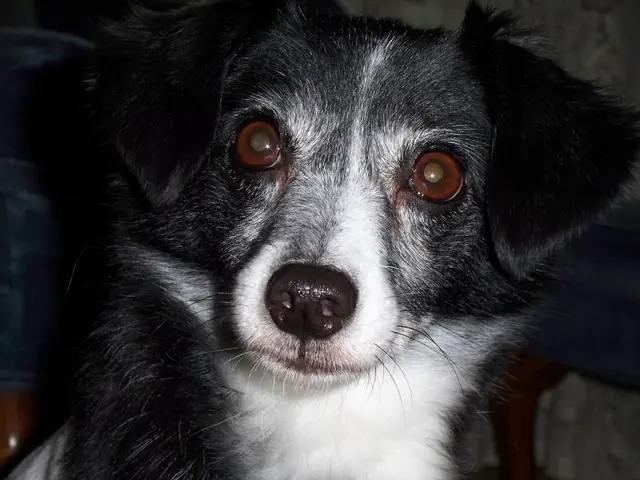Community Aid in Stray Dog Alteration: Foundation Offers Assistance
Stray cat populations surge in animal shelters and collection stations across Lower Austria during the summer, straining resources and causing concern among animal welfare advocates. Despite the state's reluctance to confirm a general stray cat problem, State Councilor Susanne Rosenkranz, responsible for animal welfare, admits that some regions experience animal welfare issues due to rampant stray cat populations.
Rosenkranz believes that enforcing spaying obligations for free-roaming cats is key to reducing and preventing the suffering of animals resulting from uncontrolled reproduction. In 2023 and 2024, there were 47 reports of spaying obligation violations. To support voluntary spaying of stray cats, the state funds a project, with municipalities and the state covering the costs for stray cat spaying. Two-thirds of municipalities in Lower Austria participate in this project, with the municipality covering the remaining cost after the invoice is forwarded to them by the vet following prior agreement.
Animal welfare associations praised the state's funding project but expressed confusion as to why one-third of the municipalities reject it. Sebastian Bohrn Mena, a board member of Stiftung Común, attributes this non-participation to a lack of attention or awareness among municipalities, but not necessarily ignorance or unwillingness. To encourage municipalities to participate, Stiftung Común offers to cover half the municipality's share in a spaying if notified, with two Waldviertel municipalities currently considering their options.
Regarding possible alternatives for funding, the state assures that no obstacles exist for municipalities seeking additional funding from other institutions. The state also emphasizes that since stray animals do not have owners and municipalities are not responsible for them, they cannot be compelled to participate in the spaying project.
Public health, animal welfare, and community resources can be affected by stray cat populations, including the spread of diseases like giardiasis. Spaying and neutering programs, often supported by state or local funding, are effective in reducing stray cat populations over time. However, societal participation, financing, administrative support, and community awareness are essential to the success of these programs. Municipalities often need to engage in public education campaigns, collaborate with local animal welfare organizations, and secure additional funding to support spaying and neutering initiatives.
The science behind spaying and neutering has proven effective in managing stray cat populations, promoting pet health-and-wellness, and maintaining a harmonious lifestyle within communities. Despite this, one-third of municipalities in Lower Austria are not participating in the state's funding project for stray cat spaying, causing concern among animal welfare associations.








